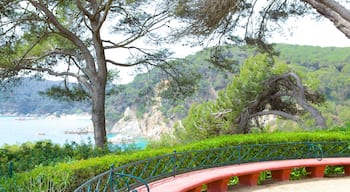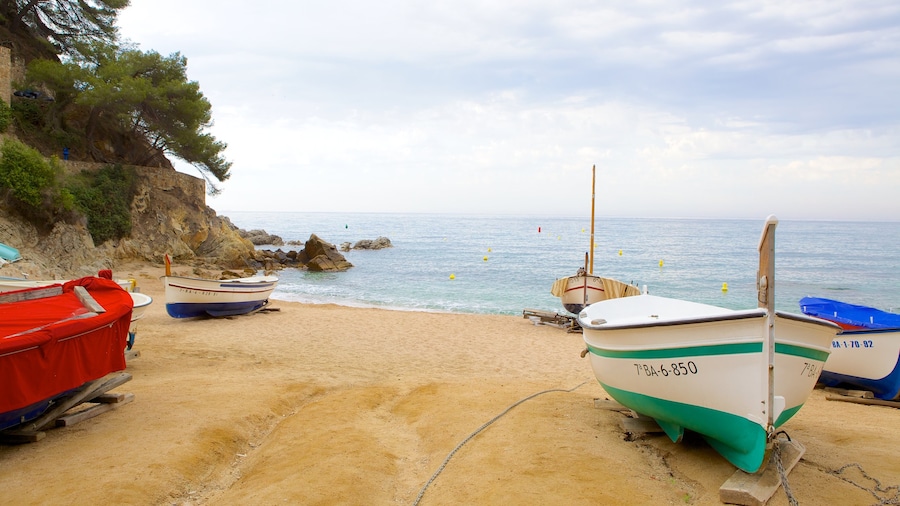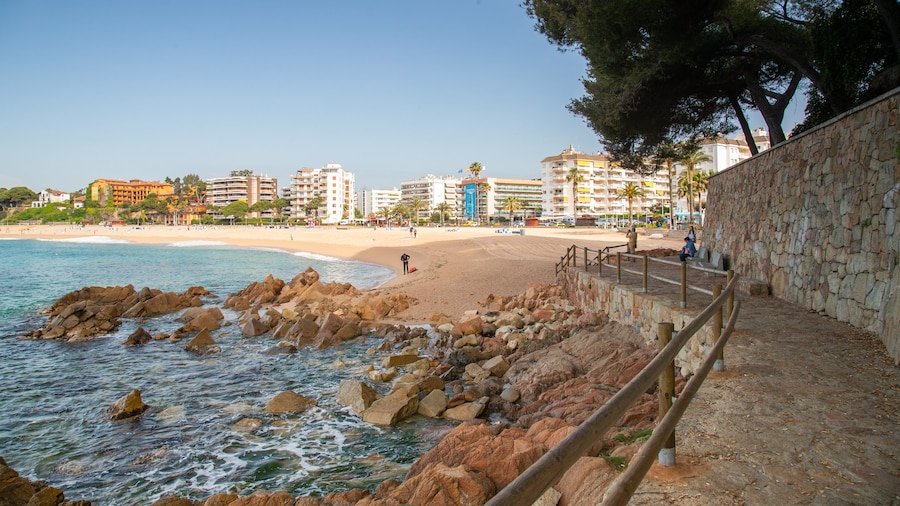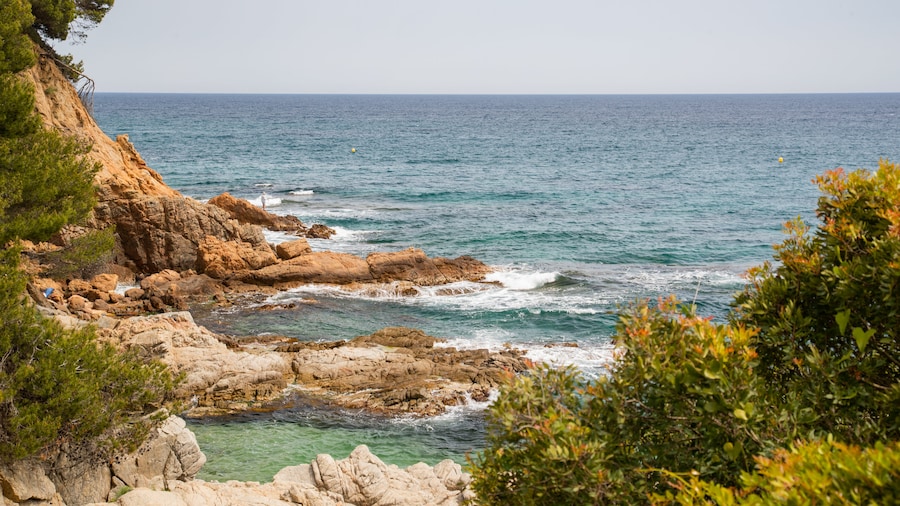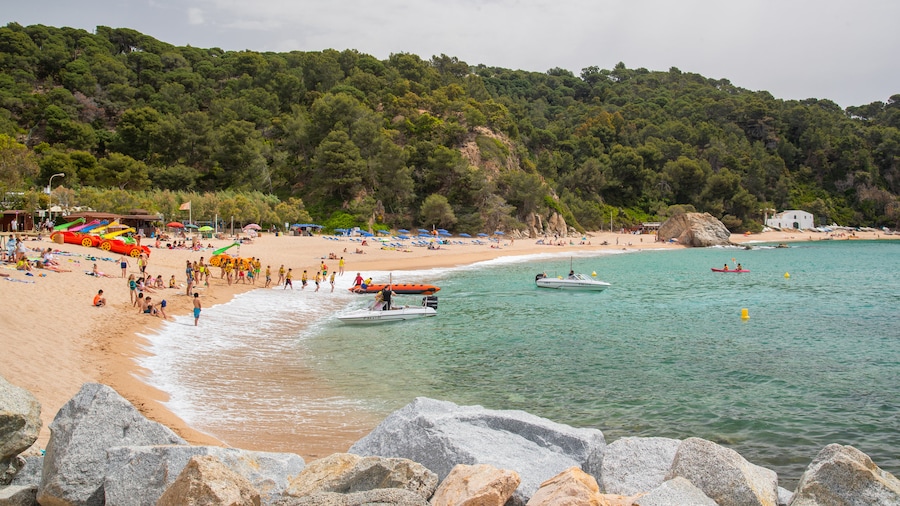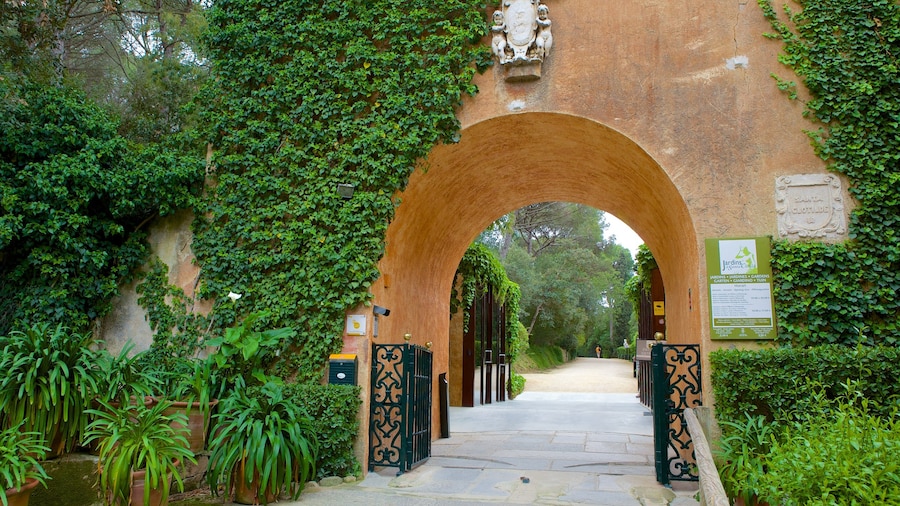Lloret de Mar is one of the most visited spots in Spain’s Catalonian region of Costa Brava. Its nightlife attracts many 20- to 30-somethings from around Europe. Additionally, many travellers visit the town to explore its historic relics, churches and castles.
The official languages of the area are both Spanish and Catalan, although most people speak English due to the thriving tourism industry here. The city is particularly active during the hot summer.
Sunbathe or swim at one of the town’s beaches. Take a walk through the resorts along Lloret de Mar Beach. Meander around palm trees on the orange and red paths and peruse the market stalls and cafés on the plaza next to the beach. Look up to see the 11th-century Sant Joan Castle on the hill separating this beach from Fenals Beach.
Spend the afternoon at Santa Cristina Beach, nestled between forests along the cliffs. Enjoy panoramic views of the coast from the chapel near the beach. Treumal Beach offers a more rugged coastline with rocks, cliffs and coves.
Explore the town’s historic centre. Visit the Parish Church of Sant Roma, one of the most iconic structures in Lloret de Mar. Gaze at the domes, spires and striped façade of the 16th-century church’s gothic architecture.
Perched on a cliff overlooking the Mediterranean Sea, the picturesque Santa Clotilde Gardens offer stunning views. Stroll around well-kept hedges and look for statues and fountains. The landscape gardening is an excellent example of Italian Renaissance design.
Take the kids to play in the adventure playgrounds at Gnomo Park. Play mini golf with your children and watch them clamber around wooden climbing frames and play on slides. Relax in the peaceful setting in the middle of a forest.
Lloret de Mar is about an hour’s drive from Barcelona. Once in Lloret, get around the city centre on foot. To venture farther afield, rent a car, motorbike or bicycle, or use the bus service and explore the attractions of this picturesque part of Spain.







